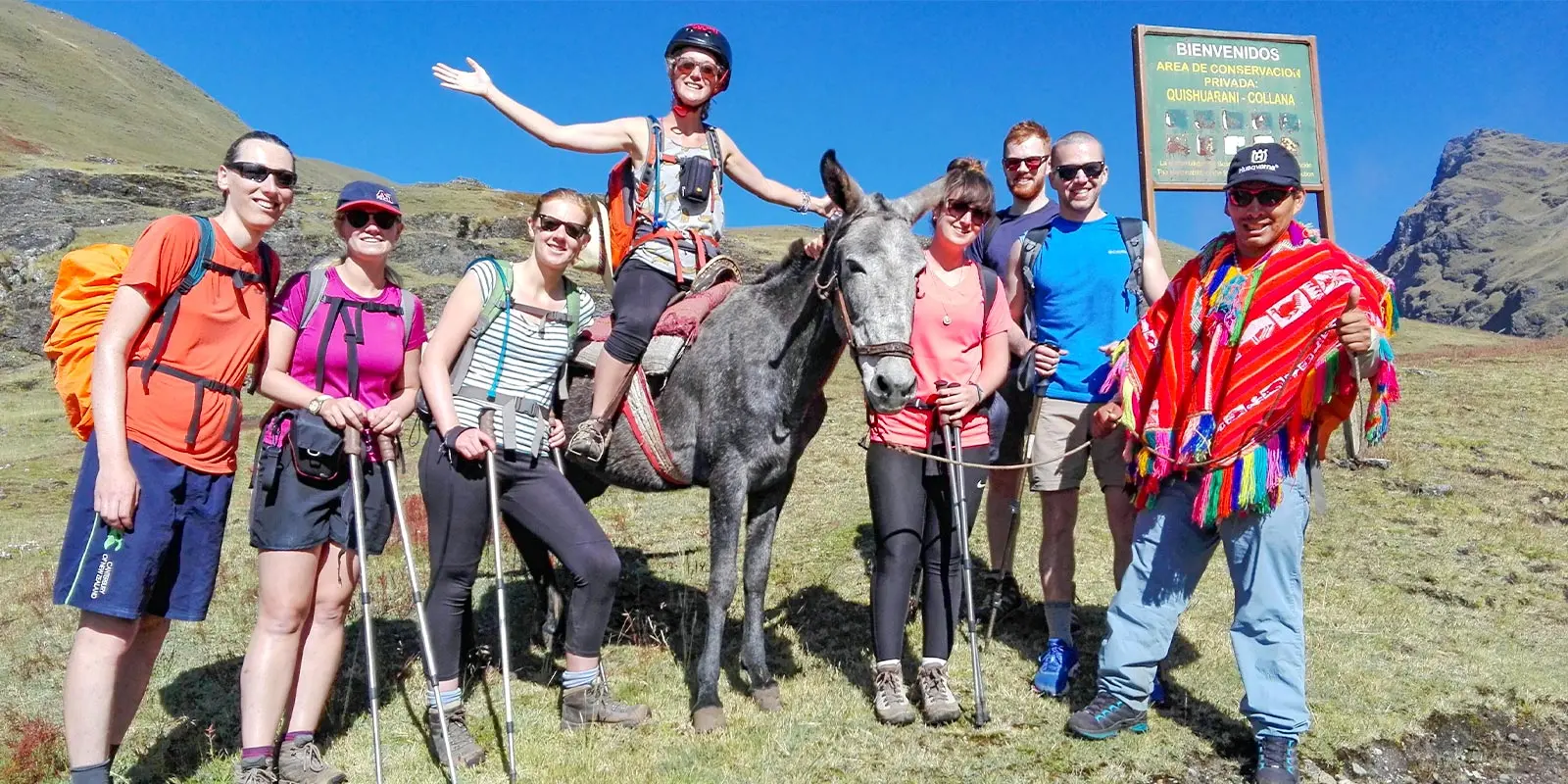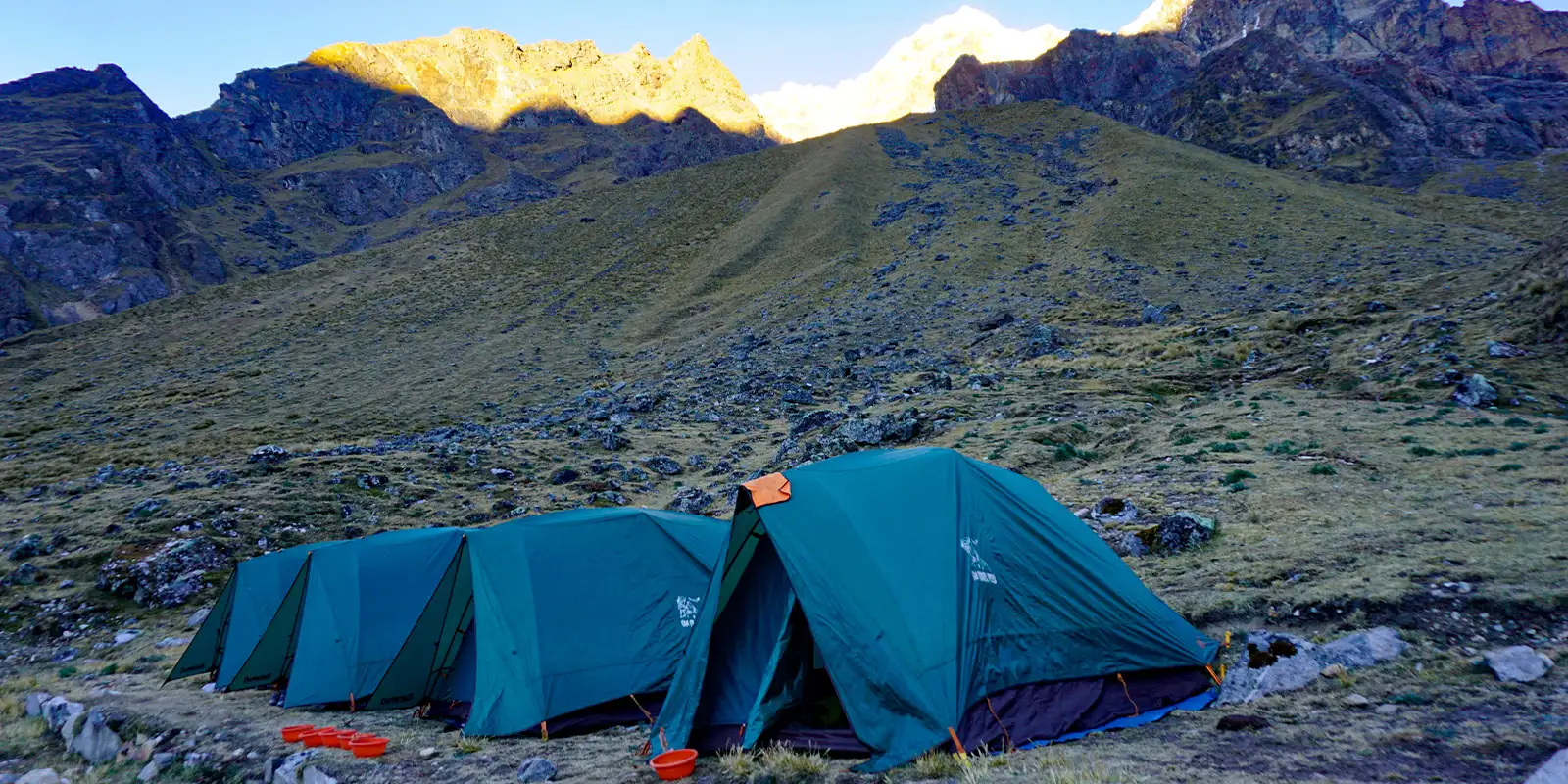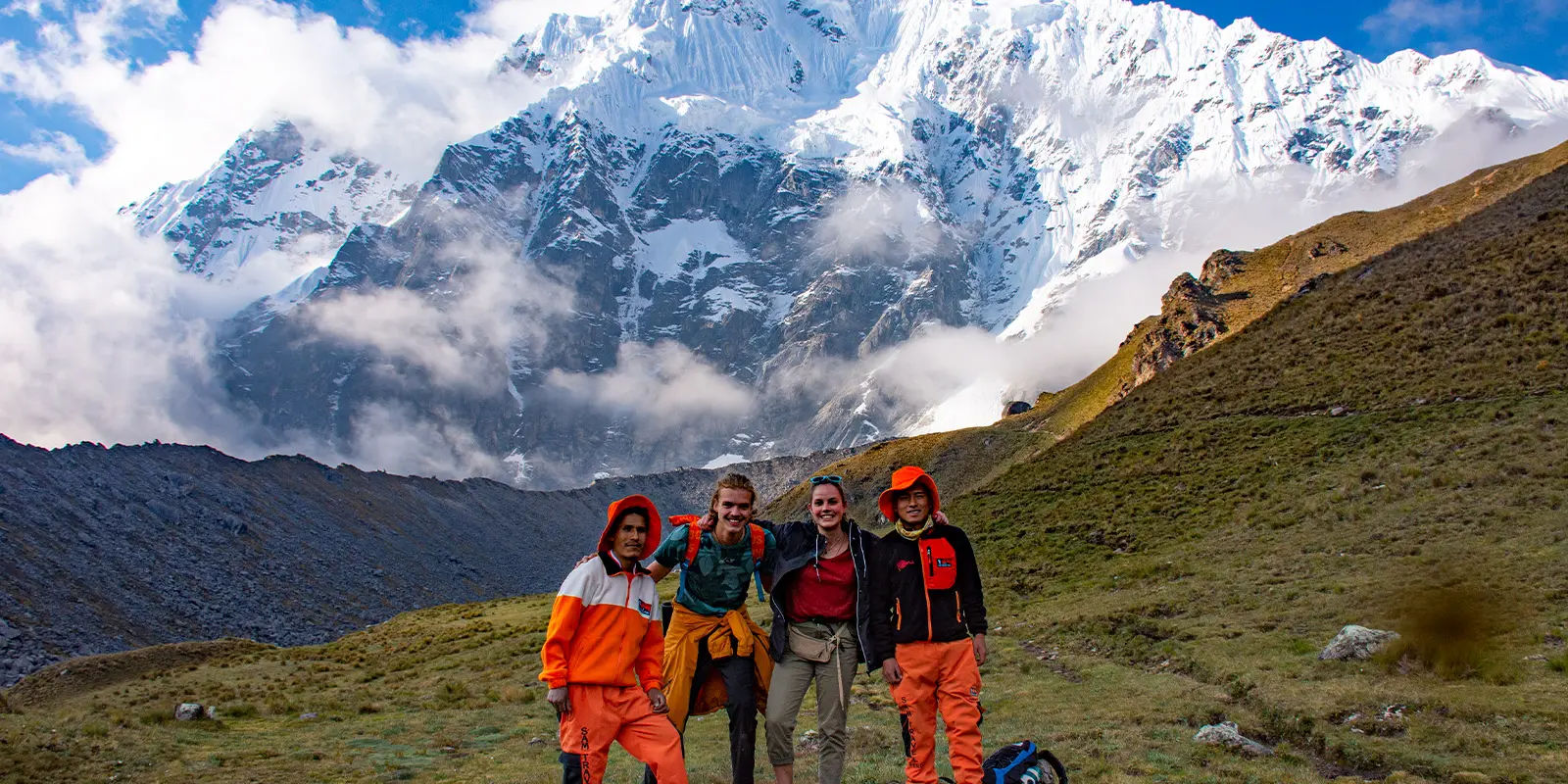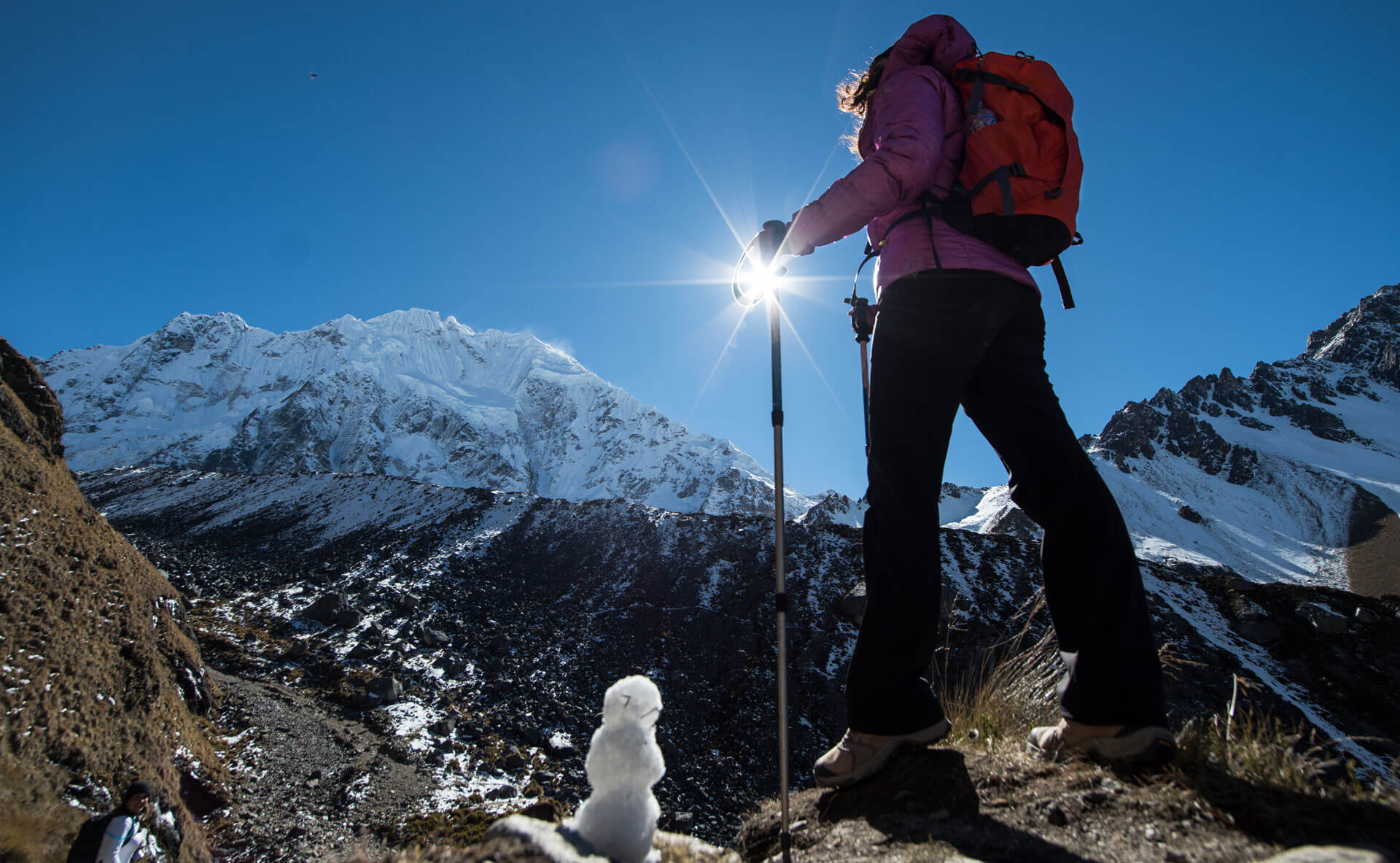Salkantay Trekking across high Andean mountains might not be every bodies cup of tea, but for those of you who are in it for the adventure this is the perfect trek for you. The trek is a little harder than the Inca Trail, with some high passes that will test your abilities, the reward is definitely worth the extra effort. Finish your tour at the Inca Citadel of Machu Picchu, explore and wonder at the brilliance of the Inca engineers.
History
The Salkantay trek holds historical significance and like the Inca Trail, was a route the Incas once took to get to Machu Picchu. The main difference is that the Salkantay Trek is through the mountains reaching nearly 5,000 meters (16,404 ft) above sea level, whereas the Inca Trail is walking past ruins much. It is said that the Salkantay Trek was the route that religious leaders took to get to Machu Picchu because of the high elevations that brought them closer to God.
When to go?
The Salkantay trek is open most of the year for trekking and there is no bad time to experience this wonderous mountain trek. The high Peruvian Andes has 2 seasons every year, the Wet Season and the Dry Season. The most popular is the dry season which is from May to September, you will find many people on the trek and the weather is dry and cold at night. The wet season is from October to April and you will experience wet weather, but you will have most of the trail alone. Take your wet weather gear with you for this time of year.
What to see on the Salkantay Trek to Machu Picchu?
Humantay Lake
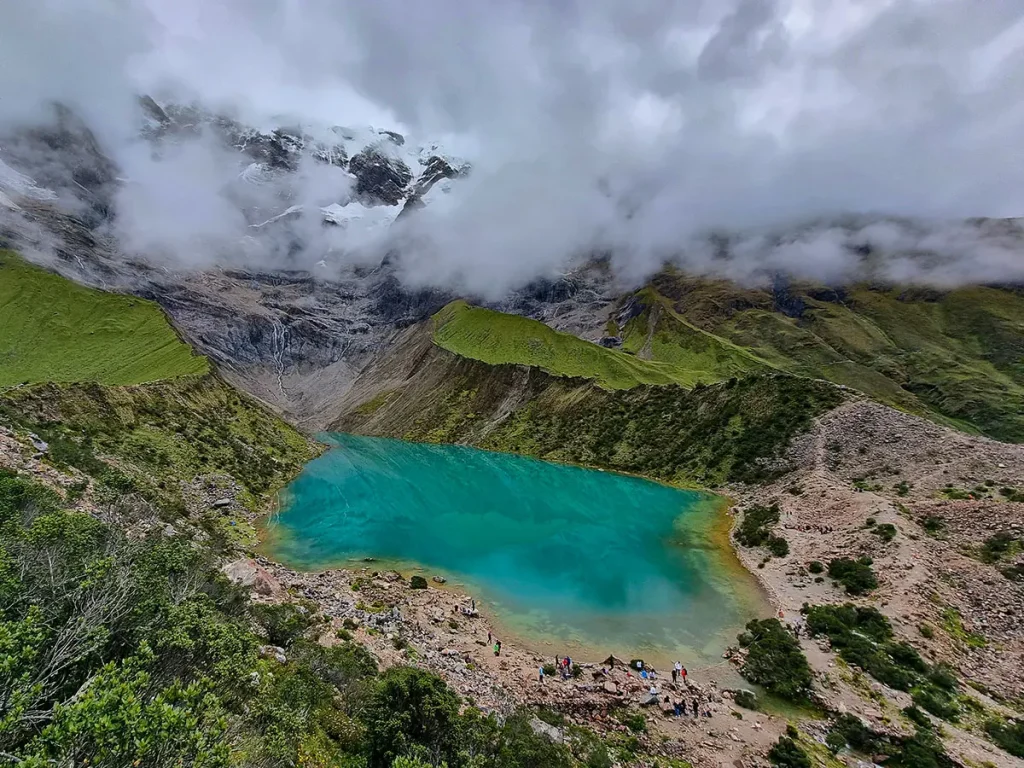
Humantay Lake is a sparkling jewel located high in the Andes Mountains. The lake features brilliant green and blue waters, making it the most photographed lake in Peru. The lake is located around 75 miles from the city of Cusco and south of Machu Picchu. See the spectacular Humantay and Salkantay Mountains which tower around the lake.
Salkantay Mountain
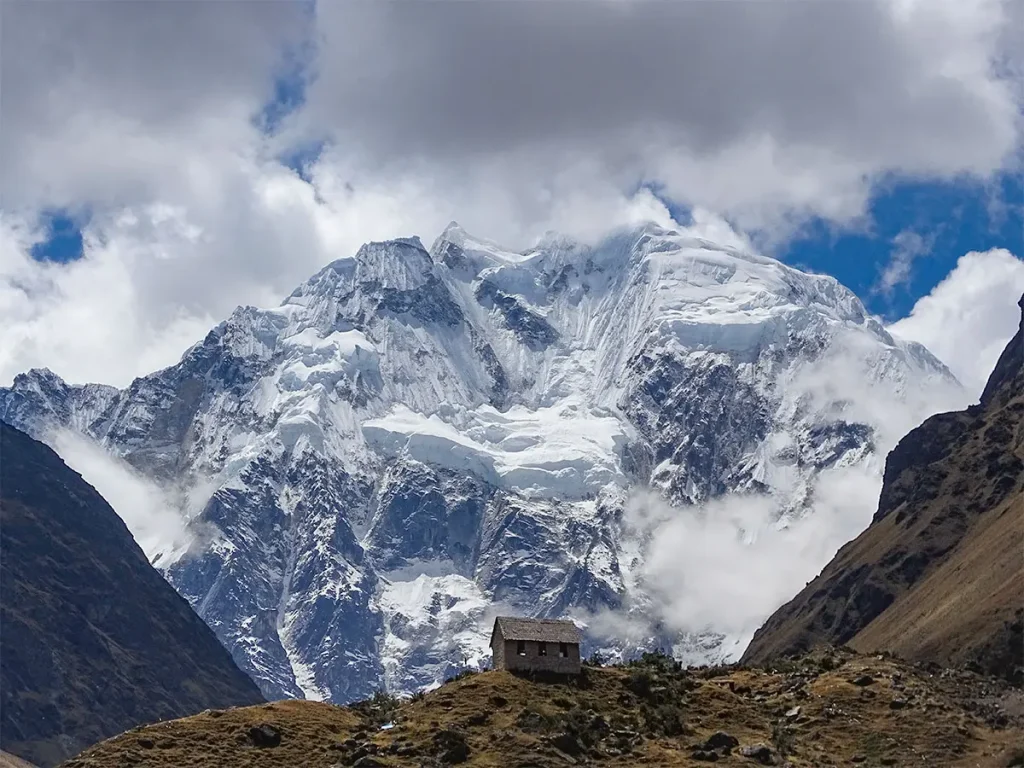
Salkantay is the highest peak in the Vilcabamba mountain range, part of the Peruvian Andes. It is located in the Cusco region, about 60 km (40 miles) northwest of the city of Cusco. The name Salkantay is from sallqa, a Quechuaword meaning wild, uncivilized, savage, or invincible. The name is thus often translated as “Savage Mountain”. There were writings about the mountain as early as 1583.
Apacheta Pass (4650mt)
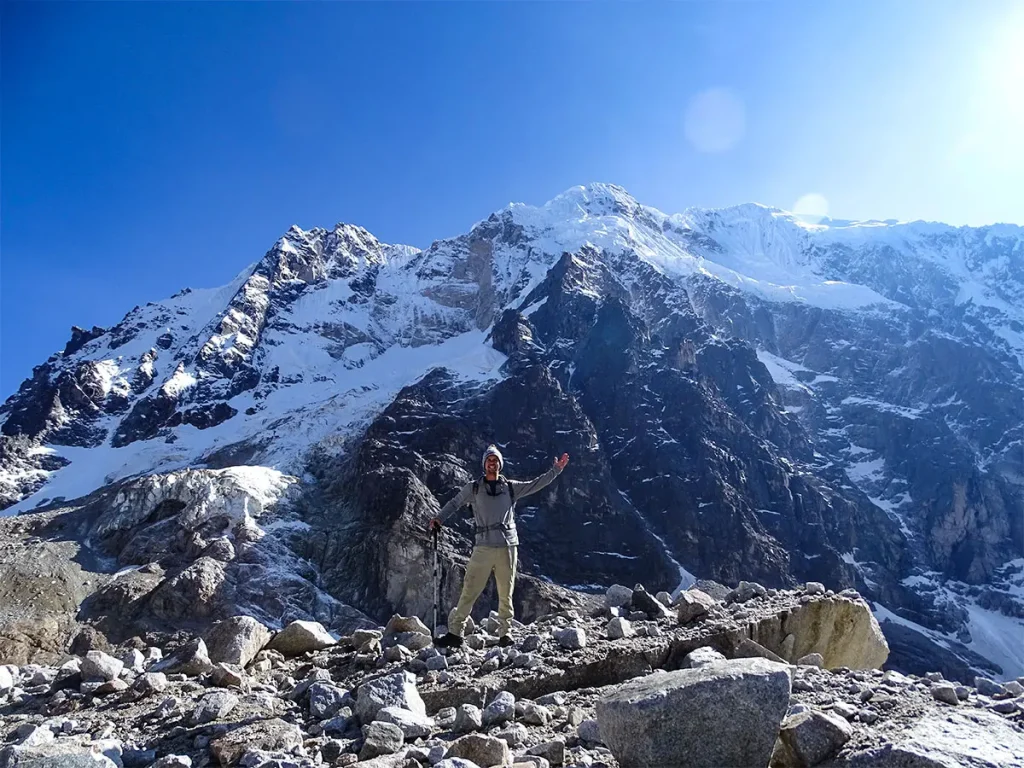
The second day of the Salkantay trek has one of the most challenging hikes that you will ever experience. The road up to the Apacheta Pass will challenge, test and reward you not only that you have completed the pass to 4650 meters (15367ft), but what you will see at the top will make the effort worthwhile. At the top take in the 360-degree views, see stunning mountain peaks, majestic glaciers and the deep beautiful valleys below. Spend time enjoying scenery that you will never experience again, with crystal clear air and a peace that will overcome you as never before
Llactapata Ruins.
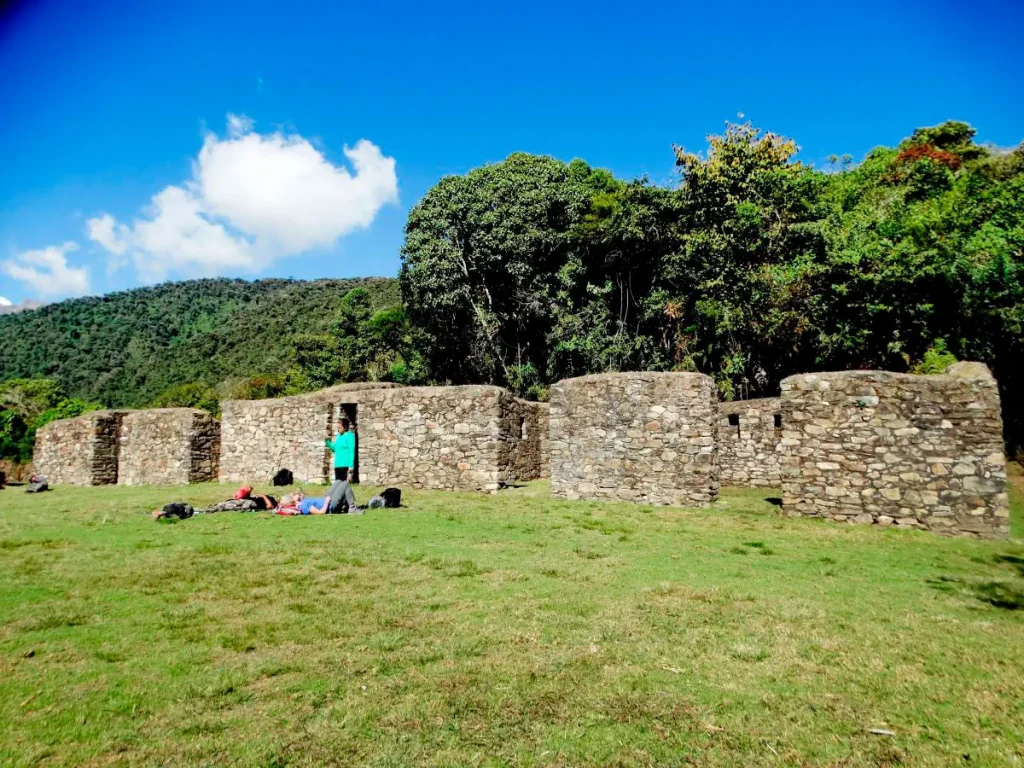
On arrival to Llactapata Ruins you will have your first view of the ancient Inca citadel of Machu Picchu. Across the valley the Inca site is spread out before you, waiting for you to take the perfect pictures and receive a history lesson on Llactapata from your guide. This site is thought to have been support and a military outpost for Machu Picchu. Enjoy the spectacular views of Huayna Picchu and Machu Picchu Mountain. Immerse yourself in the Andes and appreciate the ingenuity of the Inca.
Coffee Plantation Visit
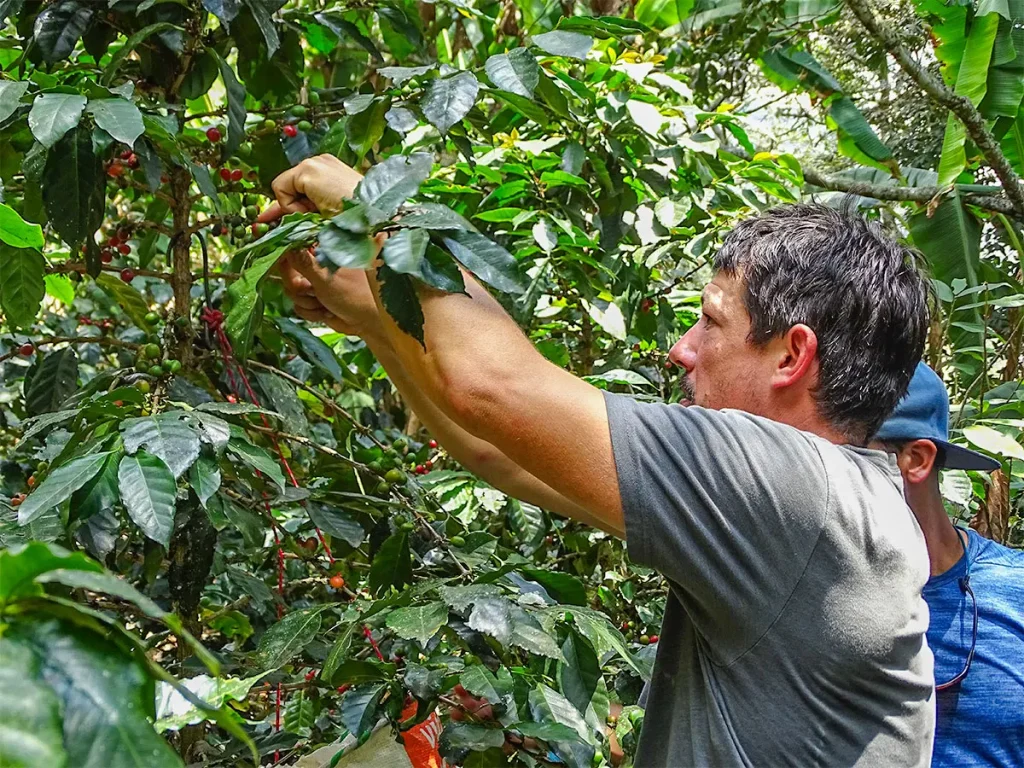
Are you a coffee addict? Well on the Salkantay Trek we have an afternoon visit to a Coffee Plantation. Not only do you visit but you see how the coffee is grown in the fields, pick the coffee also grind and prepare your coffee and get the pleasure of drinking your very own brew. Learn from the best how to improve your coffee making. This interesting afternoon will take you deep into the lives of the farmers and how they work and live for their coffee.
Microclimates
On the Salkantay Trek you will experience many different microclimates, also different climates in the same day. Each region has its own particular climate, flora and fauna adding to Peru’s rich biodiversity. The Salkantay trek features high mountain passes with low temperatures and Amazon Basin with warm and humid weather and wonderful flora to be hold. Machu Picchu is on the edge of the Amazon rainforest and enjoys a mild climate during the day and is cold in the mornings and at night.
Aguas Calientes
The town below Machu Picchu is called Aguas Calientes. Here the trains leave for Cusco and the Sacred Valley. The town is a charming mix of restaurants and markets all aimed at the tourist. Aguas Calientes is worth a few hours or even a day of your time. There are hot springs just outside of town which are popular with those who have just finished the Inca Trail.
Machu Picchu
At the end of your trek, you will visit the Inca City of Machu Picchu. Known around the world for its location and history, Machu Picchu will surprise and delight you as you marvel at the different sections of the ancient Inca citadel.
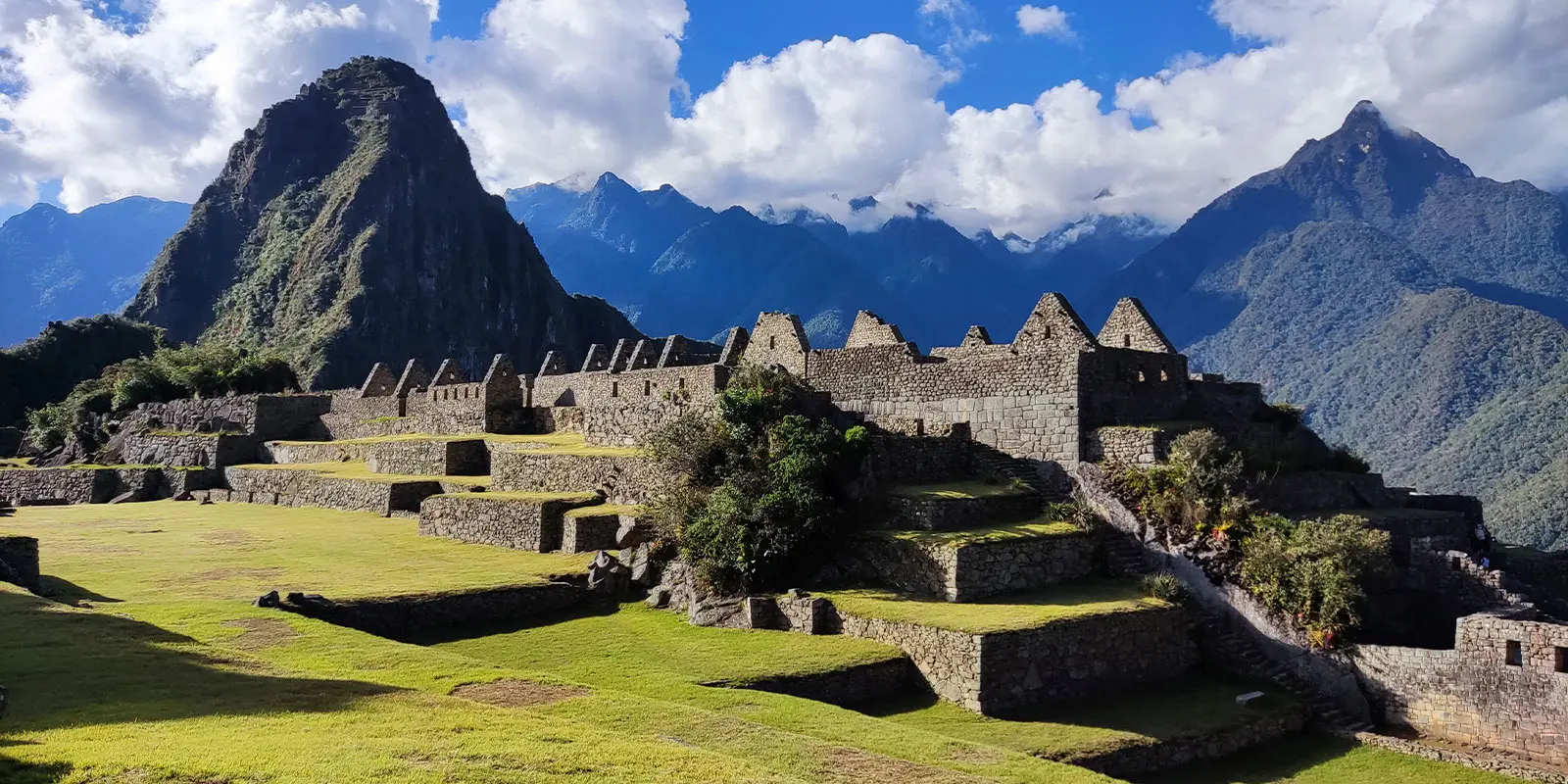
Entrance tickets for Machu Picchu
Although your entrance ticket to Machu Picchu is included in your trek, the tickets to Machu Picchu sell out quickly.
Tickets to Machu Picchu are limited and must be purchased in advance. During the peak season from May to September it is a must if you plan to do the Salkantay Trek, you will need to book and pay for your trek up to 6 months in advance as there are only 500 entrances a day to do the hike, this includes porters, guides and cooks. Also, if you plan to climb either Huayna Picchu or Machu Picchu Mountain you must book these tickets early as the government of Peru only releases 400 tickets a day and these sell out quickly.
How long can you spend at Machu Picchu?
- An entry ticket to Machu Picchu is valid for 4 hours, so you have 4 hours in the site.
- An entry with a Huayna Picchu ticket gives you 4 hours to go on a Machu Picchu tour and do the hike.
- An entry with Machu Picchu Mountain ticket gives you 5 hours to take a guided tour and do the hike. This hike is longer than Huayna Picchu hence why you have more time in Machu Picchu.
FAQs
Treks to Salkantay Trail and Machu Picchu
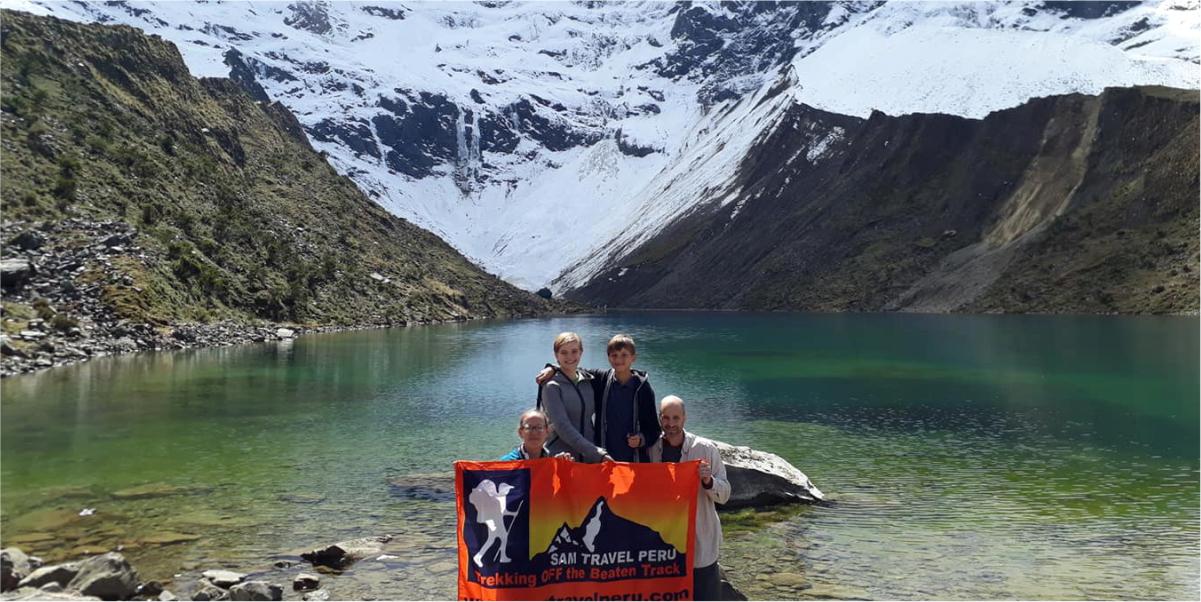
Salkantay Trek & Classic Inca Trail Hike 7 Days
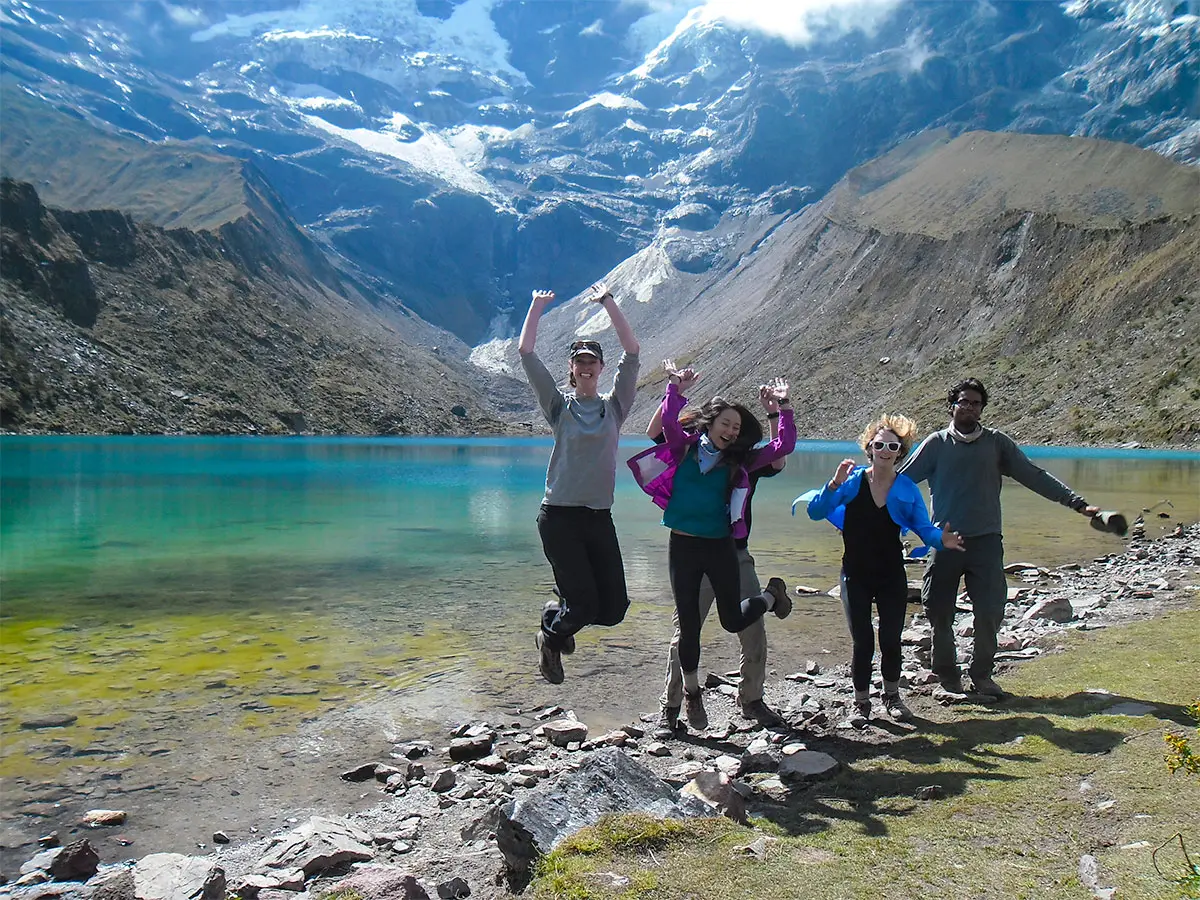
Humantay Lake & Salkantay Mountain Trek
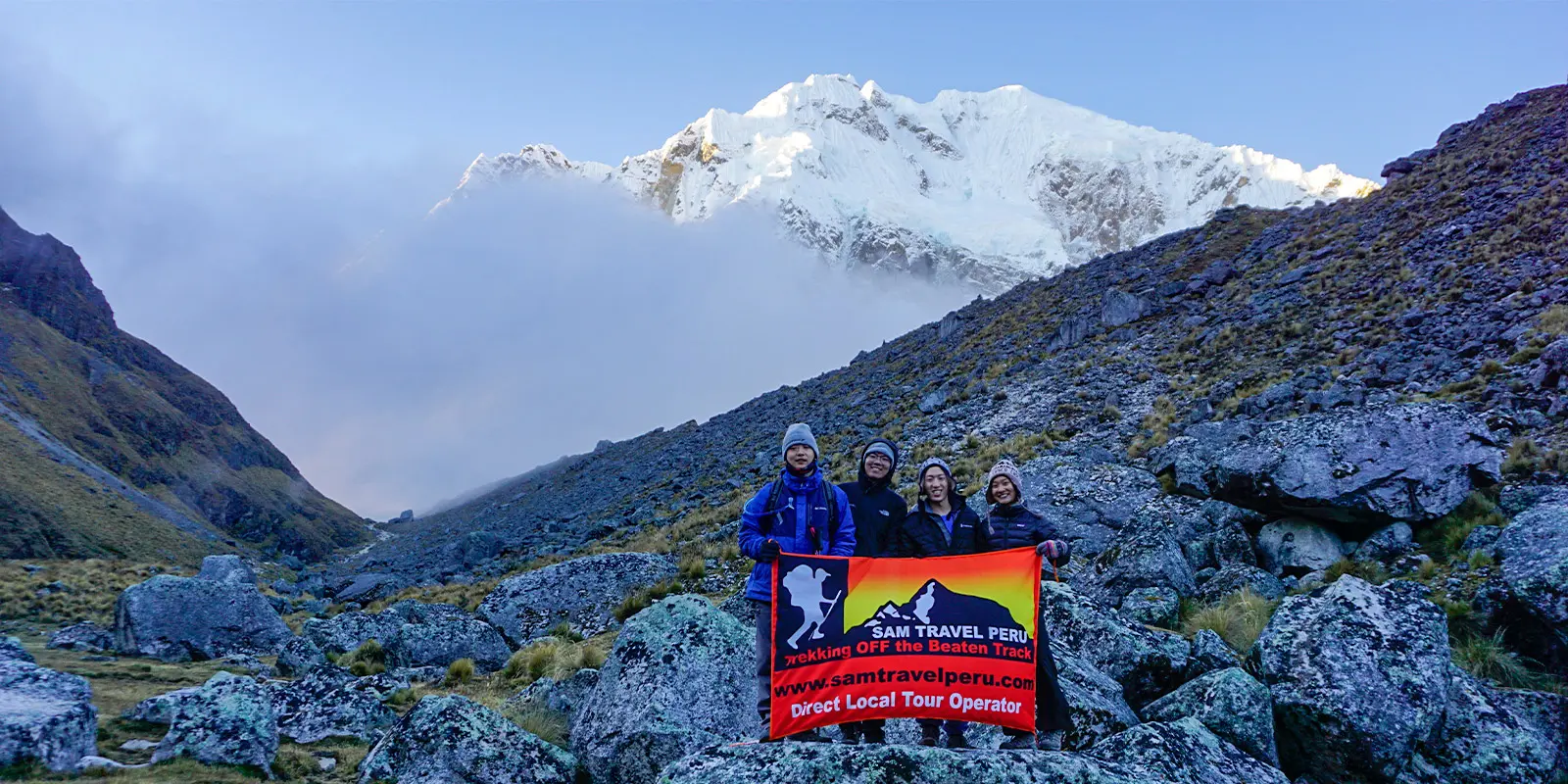
Salkantay Trek to Machu Picchu
Packing List for the Salkantay Trail
On any trekking holiday there are essential items that you will need to take with you for a comfortable and rewarding journey. Your travel company will supply you with a duffel bag, this is a maximum of 7 kilos. Please remember that your sleeping bag and mat will weigh 3 kilos leaving you 4 kilos for your belongings.
What to put in your DUFFEL BAG?
- 2 t-shirts
- 2 hiking pants
- 4 sets of undergarments
- 3 sets of hiking socks
- Fleece/ Thermals
- Warm clothes, down jacket — 2nd campsite temp around 3º C
- Waterproof gloves (even if they are ski gloves, take them)
- Comfortable shoes for camp
- Quick dry towel. We provide small ones; you might prefer something larger
- Small bottle of soap: we provide warm water each day to wash
- Battery Charger: No electricity along the trek
- Large plastic bags will be provided at the office to line your duffel
- Sleeping bag: It has to be at least -15ºC – This can be rented from us for $20 USD
What to put in you DAY PACK?
- Passport or Identification (you will not be allowed to enter the Inca Trail without this)
- Water: Please supply your own water until the first lunch spot, then we will provide you with cold boiled water at every meal time. Please bring your canteens.
- Sun hat and sunglasses
- Sunscreen
- Insect repellent
- Headlamp
- Wool hat and gloves
- Wet Weather clothes
- Fleece or warm layer
- Snacks like chocolate bars, cereal bars or any dry fruits
- Personal First Aid kit and personal medications
- Camera
- Hand sanitizer
- Toilet paper and small plastic bag for waste
- Valuables
- Headlamp
Travel Tips
Advanced Booking Is a Must
It’s very important to buy your tickets for the Salkantay Trail trek in advance. Early planning does always not guarantee a spot, but greatly increases your chance of securing the trekking dates you want. During high season, from April through October, permits can sell out 6 months beforehand.
Before the Trek, Adjust to the Altitude
We recommend spending a few days in Cusco before your trek begins to give your body plenty of time to adjust to the high-altitude region. Cusco is a city that resides at 4800 mts above sea level. The highest mountain pass along the Salkantay Trail is at a soaring 13,830 ft (4,214 m).
Tips for the Trekking Staff
The guides, porters and chefs on the Salkantay Trek work very hard to give you the best trek experience. They are paid for the work but if you feel you have had a good experience it is your choice to whether you tip or not. A general guide for tipping is $50 to $70 per person, which will include all the Salkantay Trek staff.
The Salkantay Trail trek is a once in a lifetime adventure that passes some of the most beautiful scenery that you will see anywhere in the world. A challenging hike with the reward of Machu Picchu at the end of your tour.
